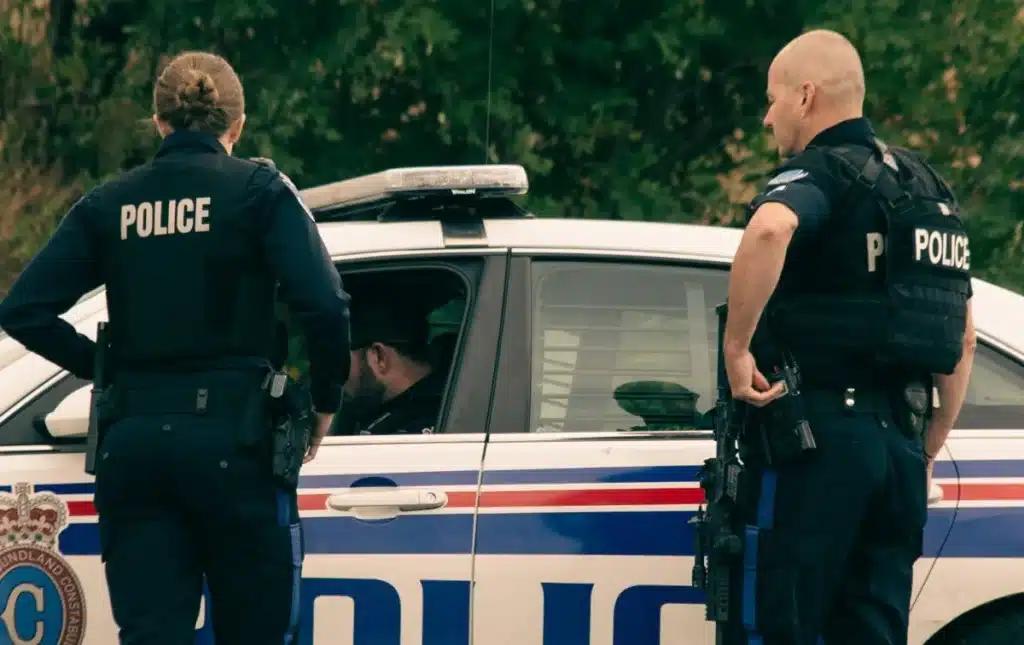Police officer reveals the reason they pat your car after pulling you over and it’s leaving people surprised
Published on Aug 09, 2025 at 5:32 PM (UTC+4)
by Alessandro Renesis
Last updated on Aug 08, 2025 at 3:00 PM (UTC+4)
Edited by
Kate Bain
You might notice that police officers always pat your car when they pull you over.
They don’t do it by accident or because they’re tired and they need to take a break and lean on the car.
There are actually three reasons why they do it.
And the reasons have, unsurprisingly, left people a bit lost for words.
DISCOVER SBX CARS: The global premium car auction platform powered by Supercar Blondie
Why police officers pat your car
Every time the officer(s) pull you over, they will almost always approach the car from the back, and they will pat the car, usually the trunk or the taillight, before they reach the window and go with the usual ‘license and registration, please’.
The first and perhaps most surprising reason is safety.
Patting the car leaves fingerprints on it, proving the officer(s) made contact with the vehicle.
“I’ll let you use your imagination as to why we would leave bits of ourselves on someone’s car,” Sergeant Steven Planinic told Nova FM.
He said that if a driver tried to flee, ‘you’ve left something, a marker on that car that they can’t refute’.

The second and third reasons are different, but also related.
By patting the trunk or the taillight they A, feel for vibrations and movements and B, ensure the trunk is securely shut.
Translated, they want to make sure there’s no one and nothing else in the car, especially somebody hiding in the trunk and ready to jump out.

Being a police officer isn’t the same the world over
Being a police officer isn’t the same the world over, mostly because the risk level involved varies a lot.
Dubai, for example, is generally safer than most places, which is why the Emirate keeps buying all kinds of cool cars – from Cybertruck to one-off Rolls-Royces and Mansory G-Wagens – to use its police fleet almost for what you’d call marketing purposes.
There are several ways and indexes to determine whether a country is ‘safe’ or not but, broadly speaking, Iceland, some Scandinavian countries and Singapore are considered the safest countries in the world.




